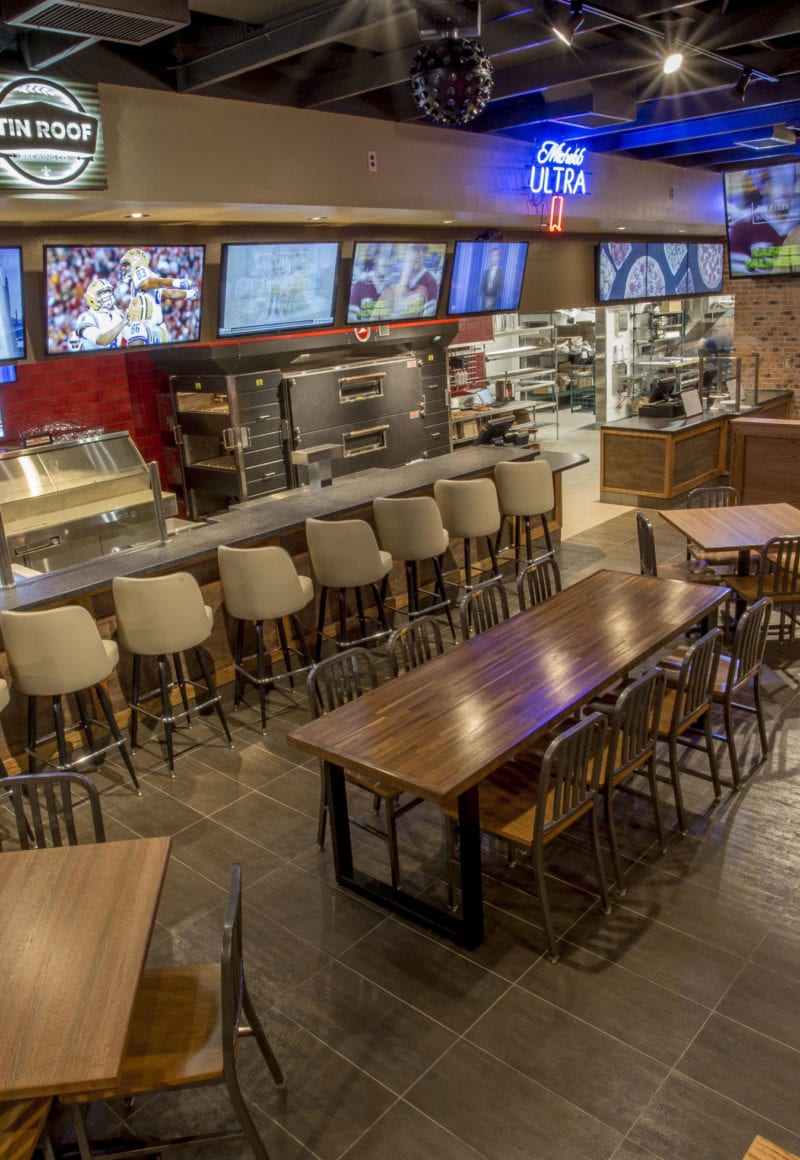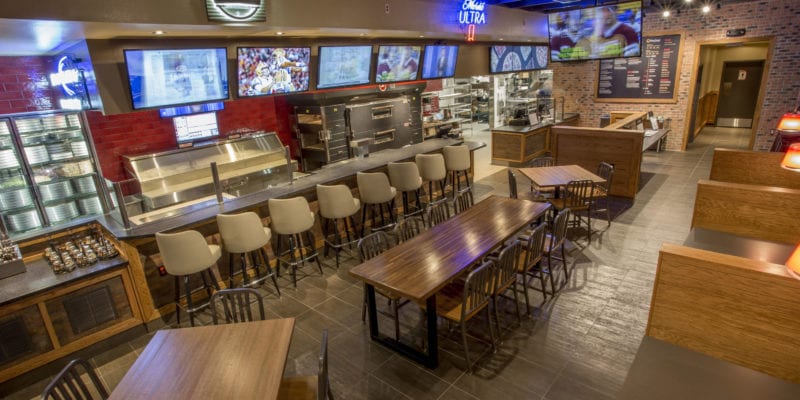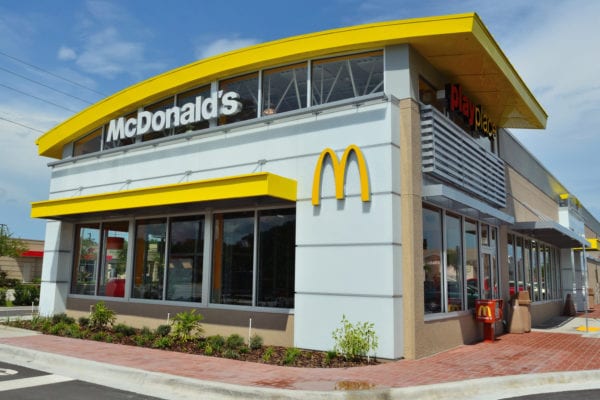Skift Take
As far as Pizza Hut is concerned, the company cannot construct Delco stores fast enough, especially with foot traffic down in recent quarters. It will surely leverage its new $5 value menu and expanding Grubhub partnership to lure customers back.
— Danni Santana
Pizza Hut’s growth strategy reflects what pizza fans have known for decades: Delivery works.
Yum Brands CEO Greg Creed re-explained this strategy on the company’s first-quarter earnings call Wednesday, as Pizza Hut’s struggling dine-in business continues to weigh it down. Dine-in sales lag behind off-premise sales line growth by 7 percentage points, according to the company.
At the root of the problem is a large misalignment in the U.S. between physical Pizza Hut store layouts and the digital business the chain expects to fuel growth going forward. Ninety percent of Pizza Hut’s business comes from delivery and carryout in its home market. Yet close to half the store locations cater more to dine-in, Creed told analysts.
Pizza Hut is working to rectify this issue by converting dine-in legacy units to what it calls Delco stores, (a portmanteau used to describe stores designed for delivery and carry out) which are cheaper to operate. Pizza Hut completed about 600 remodels last year.
About half of Pizza Hut’s international units focus on dine-in. The business itself is more of a 50-50 split. But that doesn’t mean international markets are faring much better than U.S. stores.
“If you look at the performance of our business globally, it tells a certain story, but it’s a story of two halves,” Vipul Chawla, president of Pizza Hut International, said at Yum Brands annual investor day back in December. “Our delivery and carryout business is growing low to mid-single-digit over the last couple of years. The other half of our business, legacy dine-in, which has been declining by high single digits, really overcompensates for any growth that we see in the other half of the business.”
Grubhub Partnership
Yum Brands’ growing partnership with Grubhub in the U.S. is another key element of its growth strategy, Creed said. The chain ended the first quarter with more than 200 locations on the third-party marketplace. Orders originate on Grubhub and are delivered by Pizza Hut drivers.
“We are encouraged that there are different customers on Grubhub versus many of the customers that use Pizza Hut directly. So we are accessing customers through this platform in many cases that we wouldn’t be able to access,” Creed said, effectively defining ‘incrementality’ to listeners on the call.
The vast majority of the business is still coming through Pizza Hut’s own channels, he added, which saw its digital business grow more than 15 percent last year. More than half of Pizza Hut’s direct orders are placed digitally.
Pizza Hut reported flat same-store sales for both its U.S. and international business. Revenue also fell 3 percent to $243 million.





